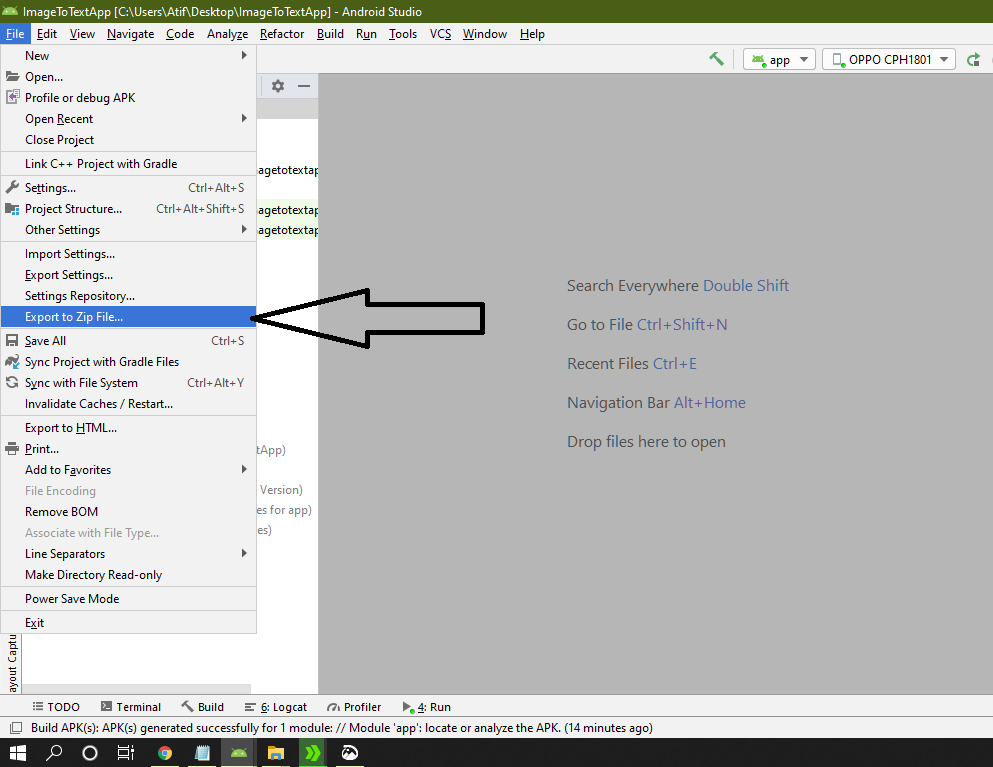

If you want to run your app on the iOS Simulator or an Android Virtual Device, please refer to the instructions for "React Native CLI Quickstart" to learn how to install Xcode or set up your Android development environment. Running your app on a simulator or virtual deviceĮxpo CLI allows you to run your React Native app on a physical device without setting up a development environment. If you're curious to learn more about React Native, continue on to the Tutorial. in the Expo issues (for issues about the Expo client or SDK).in the Expo CLI issues (for issues related to Expo CLI), or.If you have a problem with Expo, before creating a new issue, please see if there's an existing issue about it: These tools help you get started quickly, but before committing to building your app with Expo CLI, read about the limitations.

You can also ask for help at Expo forums. The application should reload automatically once you save your changes.Ĭongratulations! You've successfully run and modified your first React Native app.Įxpo also has docs you can reference if you have questions specific to the tool. Open App.js in your text editor of choice and edit some lines. Now that you have successfully run the app, let's modify it. On iOS, follow on-screen instructions to get a link. On Android, use the Expo app to scan the QR code from your terminal to open your project. Install the Expo client app on your iOS or Android phone and connect to the same wireless network as your computer. This will start a development server for you. Then run the following commands to create a new React Native project called "AwesomeProject": expo init AwesomeProject Assuming that you have Node 10 LTS or greater installed, you can use npm to install the Expo CLI command line utility: npm install -g expo-cli


 0 kommentar(er)
0 kommentar(er)
